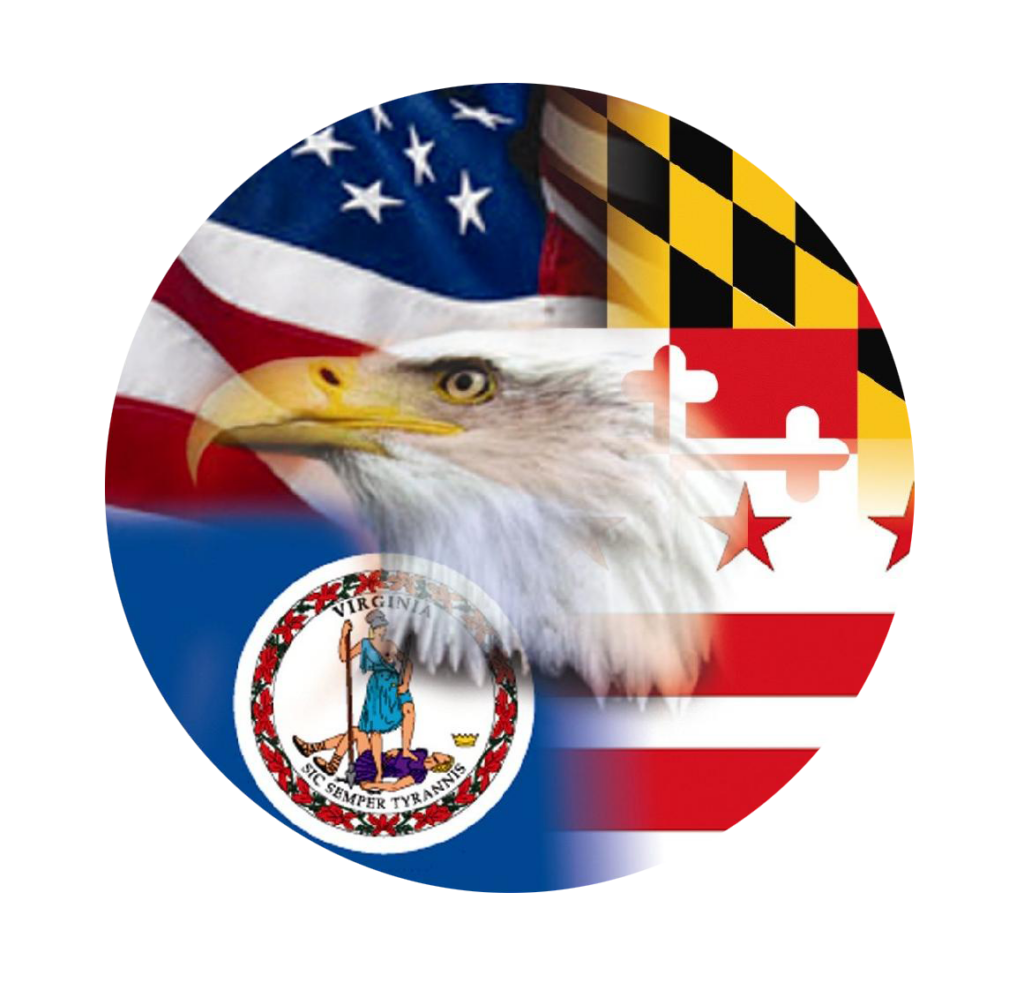The NCRCIG exists to facilitate rapid, targeted expansions of public safety communications capabilities in support of emergencies and planned events. The equipment cache consists of 1,200 all-band subscriber radios that are managed as three separate sub-caches of 400 radios based in the District of Columbia (DC), Maryland, and Virginia. In addition to radios, the cache contains tactical audio switches that permit interconnection of disparate radio infrastructure, including portable repeaters for localized operations and special equipment for in-building, low-grade, underground tunnel communications, and deployable trunking systems. Developed and maintained by NCR Urban Area Security Initiative (UASI) funds, the cache program has supported over 1000 deployments since 2004, with over 40,000 assets deployed.
Today, the cache primarily supports planned events, trainings, and exercises. NSSE events such as the presidential inaugurations, parades, festivals, marathons, and events on the National Mall comprise the largest use of the cache with an average of 60+ events per year and over 7,000 assets deployed.
The NCRCIG largely depends on a cadre of over 100 personnel trained at the all-hazards COMT, COML, COMS, and ITSL levels. These personnel are the key to successful communications outcomes during planned and unplanned events, filling a unique role in the overall incident command structure.
The Birth of the Radio Cache
The NCR established the NCRCIG as a direct result of lessons learned during the September 11, 2001 terrorist attacks on the World Trade Center in New York City and at the Pentagon in Northern Virginia. Widely documented on 9/11, radios and radio systems in New York were destroyed or overwhelmed by user loads greater than they were designed to carry, or failed to operate as intended or desired. During the attacks, the NCR requested 1,000 portable radios and New York City requested 2,000 portable radios from Motorola to help aid in communications, improve interoperability, or stand in for equipment that was destroyed that day. The number of radios requested in each region was an educated estimate from on-scene staff, intended to support the events of the terrorist attacks. By pure chance, Montgomery County, Maryland, was in the midst of a system upgrade and had 6,000 radios available in a warehouse still unallocated and awaiting deployment.
A portion of those radios were delivered to the Pentagon and New York City for use on-site as part of incident command. As an initial starting point, it was the original request for 1,000 radios in the NCR on 9/11 that formed the basis for the number and types of assets that currently exist within the NCRCIG today.
In 2004, the Metropolitan Washington Council of Governments (MWCOG) Fire and Police Committees requested the NCR communications subcommittee to establish the NCRCIG. The NCRCIG became the stakeholder group elected to provide direction and funding for what is recognized today as the NCR public safety radio cache.
In general, the NCRCIG equipment caches provide the bare minimum level of interoperability. The NCR as a whole is one of the most interoperable regions across the country, with subscriber units from all jurisdictions programmed and interoperable on other NCR Project 25 (P25) and Motorola SMARTNET/SmartZone systems. The intent of a radio cache is to provide interoperability when no other more effective means of interoperability are available. In the case of the NCR, the radio cache is best suited for agencies that may assist during an emergency or during disaster recovery that do not have personnel with immediate access to 700/800 MHz P25 radios capable of operating on the NCR radio systems. Examples of agencies that may potentially require access to radio caches include public safety responders from outside the NCR, federal disaster response and recovery personnel such as the Federal Emergency Management Agency (FEMA) or the National Guard, aid organizations such as the American Red Cross, or other agencies that may assist in disaster recovery or evacuations such as bus drivers or utility workers.
The Radio Cache Today
The NCR CIG is dedicated to coordinating and supporting public safety communications needs within the NCR for emergency incidents and planned events. Today, the NCRCIG Radio Cache currently maintains over 2000 interoperable communications devices, operating on all interoperable communications bands. The equipment consists of numerous assets (e.g., portable radios, disposable/rechargeable batteries, battery chargers, tactical audio switching equipment, and tactical repeaters to support radio interoperability) in three geographically dispersed locations:
- District of Columbia (D.C.): Maintained in D.C. by the Office of Unified Communications and D.C. Fire and EMS
- Maryland: Maintained in Montgomery County by Montgomery County Fire and Rescue
- Virginia: Maintained in Fairfax County by Fairfax County Fire and Rescue
All portions of the NCRCIG are managed by team leads in the respective jurisdictions, overseen by a regional program manager, reporting to the Public Safety Communications Subcommittee (PSCS) of the Washington Metropolitan Council of Governments. The PSCS is overseen by and has direct reporting responsibilities to Regional Fire Chiefs and Police Chiefs in the National Capital Region.

